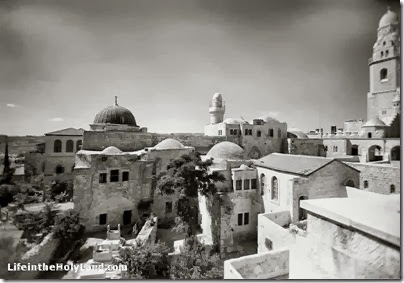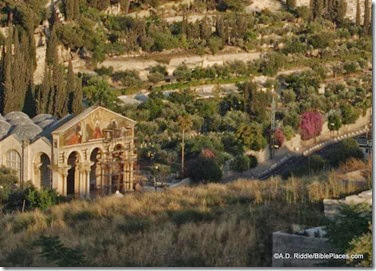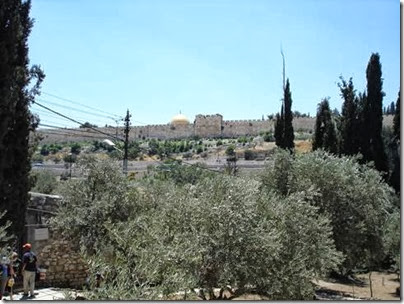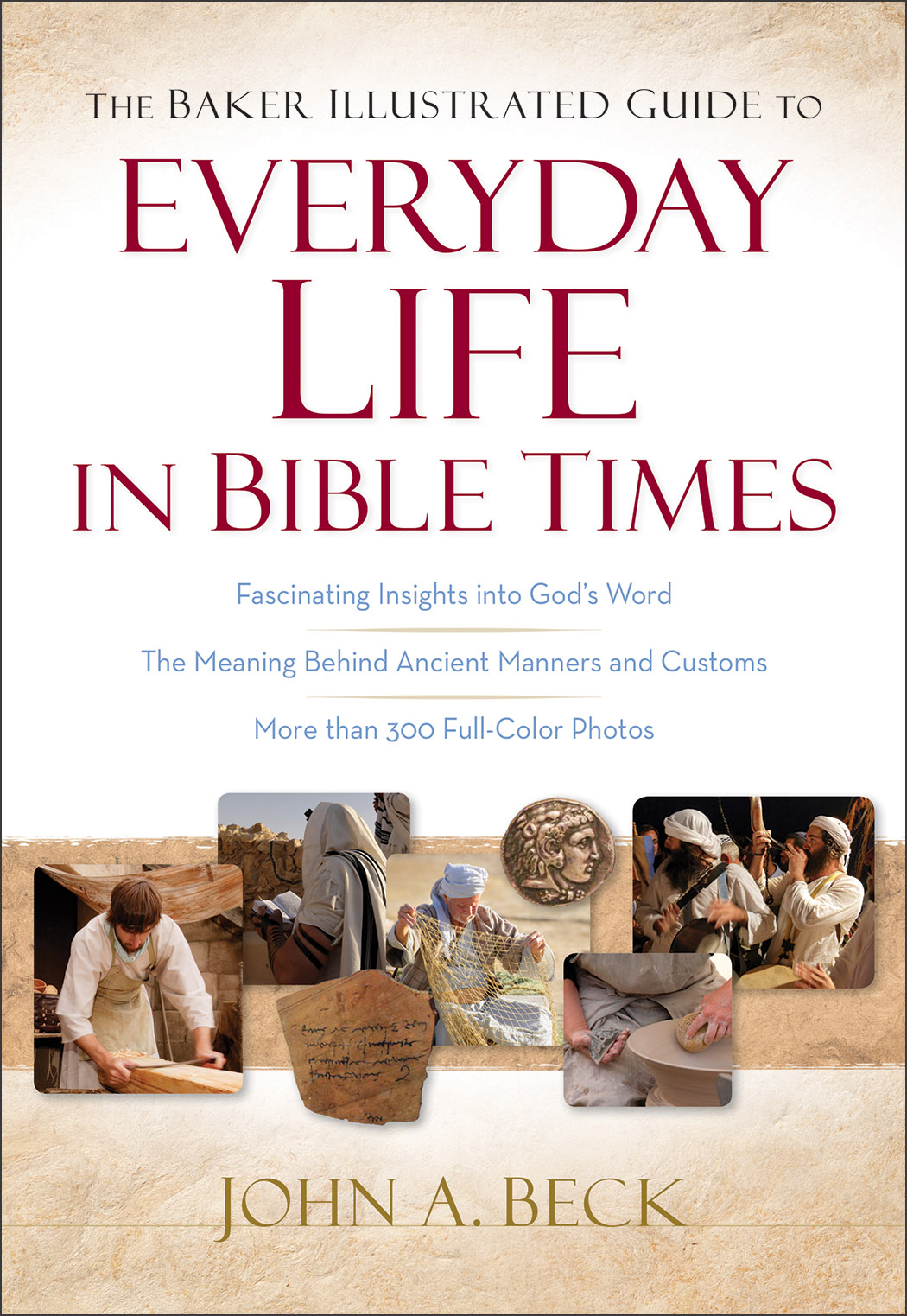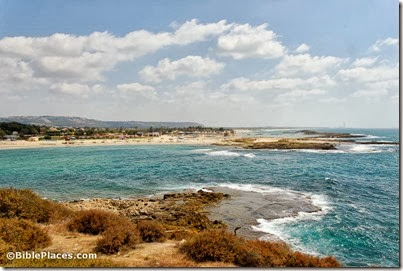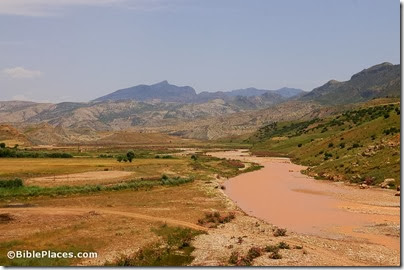The Caspari Center Media Review reports on a couple of items in the Israeli press of interest to this blog. The first is from an article in Haaretz on October 17.
The Catholic Church in Israel launched a petition demanding the removal of an electricity pole that was put up two years ago across from the Garden of Gethsemane, which is “one of the holiest [sites] to Christians – the place where tradition says Jesus and his disciples prayed together before Jesus was arrested by the Romans and crucified the next day.” The pole was put up at the request of Jewish settlers in East Jerusalem “who have asked to be disconnected from the Jerusalem District Electricity Corporation, which supplies electricity to Arab neighborhoods on the city’s east side.”
The Catholic custodian of the Garden of Gethsemane wrote in his petition that “the huge pylon obstructs the view of the Old City from the prayer garden of the church used by pilgrims. … One of the significant reasons for the popularity of the church is the unique view of the Temple Mount and the Old City, and the pylon utterly destroys this uniqueness.”
The judge presiding over this case criticized the placement of the pole, saying that “it was a beautiful corner of Jerusalem and in addition a holy place.” He later added, off the record, that the Israel Electric Corporation “would not have done it in the Kotel [Western Wall] plaza.” By the end of the hearing, “the two sides agreed to transfer the matter to the appeals committee of the Jerusalem Regional Planning and Building Committee.”
I do not have a photo of the pole, but if any of our readers do, you’re welcome to send it in and we’ll post it here.
UPDATE: See photo below.
The second is from HaModia and HaMevaser.
Prime Minister Binyamin Netanyahu will be traveling to Rome next week to meet with the pope; they will discuss, among other things, the transfer of certain holy sites to the custody of the Catholic Church. “It turns out,” says HaModia, “that the new pope has set a public declaration of the transfer as a condition for his promised visit to the land.” One of the sites in question is David’s Tomb, “which the Catholics have claimed as their own for hundreds of years.”
HaMevaser reports that Rabbi Haim Miller has appealed to Knesset Members in an effort to stop the deal from going through. Miller claims that it is better for the pope not to visit Israel than that the tomb be handed over to the Catholic Church, even if this causes a rift between the Vatican and Israel.
The full Caspari Center Media Review is here.
Photo from Jerusalem
UPDATE: A.D. Riddle has sent along a photo that shows the electrical pole. On the right side of the photo, there’s a purple bush with the pole to the left.
UPDATE #2: Pat McCarthy notes that Haaretz has posted two photos of the pole.
UPDATE #3: Paul Mitchell points to Google Images which has a link to this image in an article dated to last year in the Jerusalem Post.
UPDATE #4: Shawn French has sent a photo of an old electric pole that tarnishes the view from Gethsemane.
Photo by Shawn French
